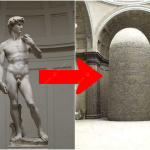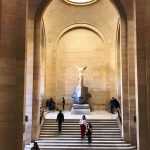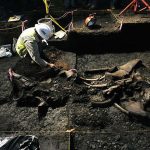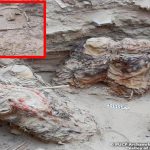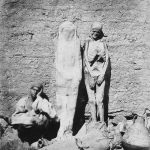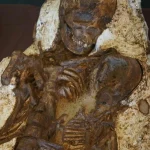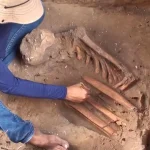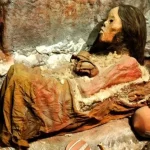Unveiling Pompeii’s Rich History: Roman Mosaic of African Fishermen
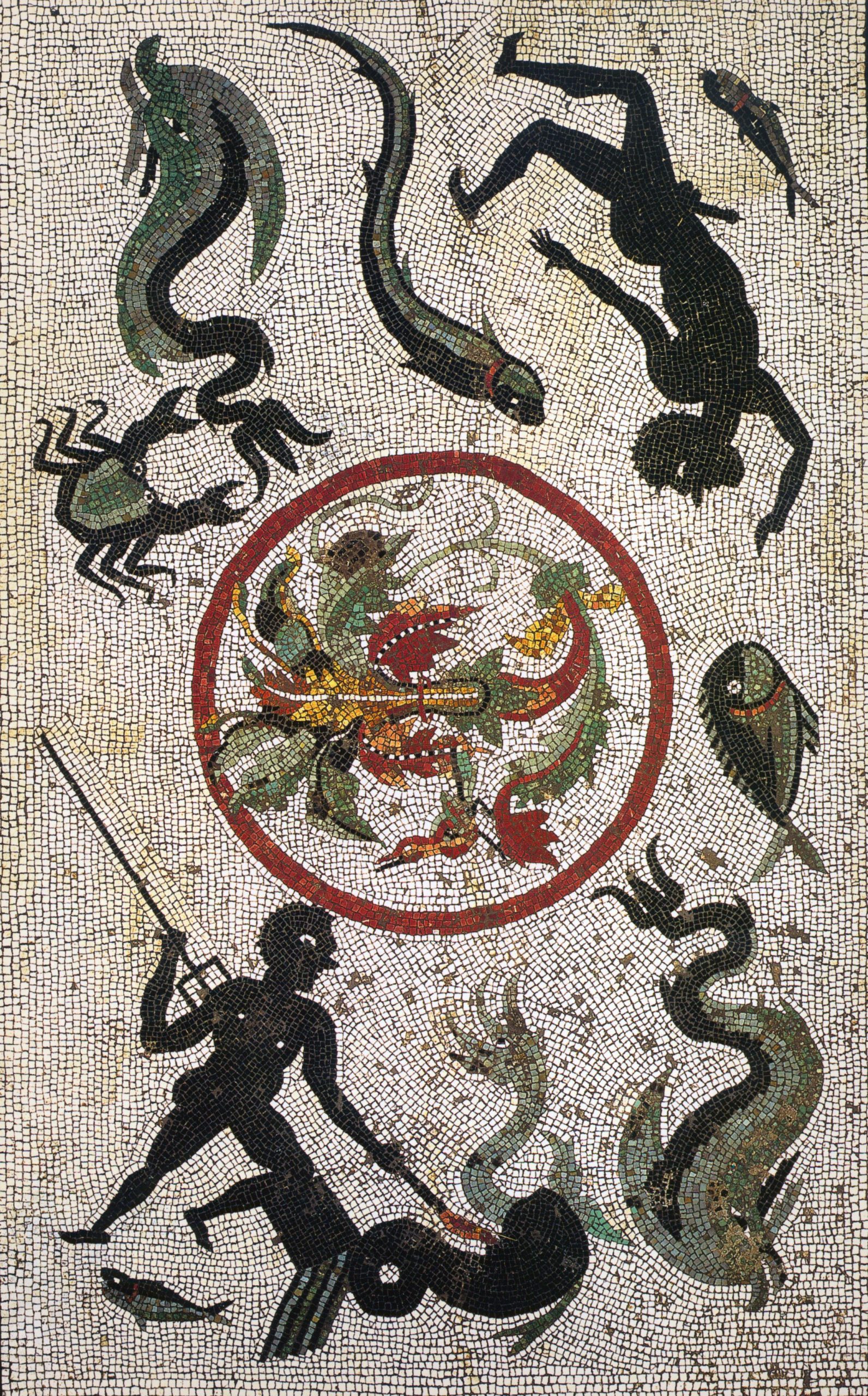
Nestled amidst the ruins of Pompeii’s House of Menander lies a testament to the cultural diversity and artistic brilliance of the Roman world—a mosaic depicting two African men fishing, preserved in the caldarium. Dating back to the 1st century AD, this exquisite artwork not only captivates with its intricate details and vibrant colors but also offers a poignant glimpse into the everyday life and global connections of ancient Pompeian society.
The House of Menander, named after the playwright whose name appears in an inscription within the villa, stands as one of Pompeii’s grandest residences. Originally built in the 3rd century BC and subsequently renovated and embellished in the Roman period, the villa showcases the evolution of architectural styles and decorative arts over several centuries. The mosaic of the African men fishing, discovered in the caldarium—a room for hot baths—highlights the villa’s opulence and the cosmopolitan nature of Pompeian society during its heyday.
The depiction of African men engaged in fishing is not merely decorative but imbued with cultural and symbolic significance. In ancient Roman art, scenes of daily life and labor often served as allegories for virtues such as industry, perseverance, and the bounty of nature. The inclusion of African figures in Pompeian artwork underscores the city’s role as a bustling hub of trade and cultural exchange, where diverse peoples and goods converged along Mediterranean trade routes.
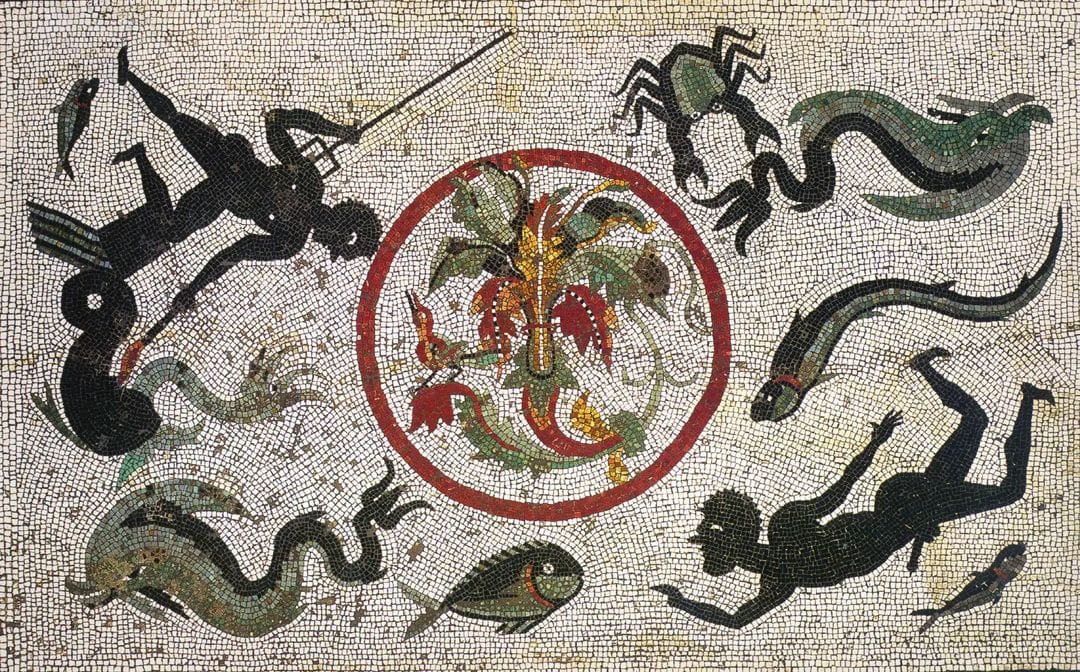
The craftsmanship of the mosaic is a testament to the skill and technical expertise of Roman mosaicists. Composed of tiny tesserae—colored stones or glass set into mortar—the artwork achieves a level of realism and dynamism that brings the scene to life. The careful arrangement of tesserae creates subtle shading and texture, enhancing the naturalistic portrayal of the fishermen, their nets, and the aquatic environment they inhabit.
The discovery of the African men fishing mosaic in the House of Menander enriches our understanding of Pompeii’s social fabric and economic vitality. It invites us to explore questions of identity, migration, and cultural integration in the Roman world. Who were these African men depicted in the mosaic, and what roles did they play in Pompeian society? Were they residents of Pompeii, traders, or visitors from distant lands?
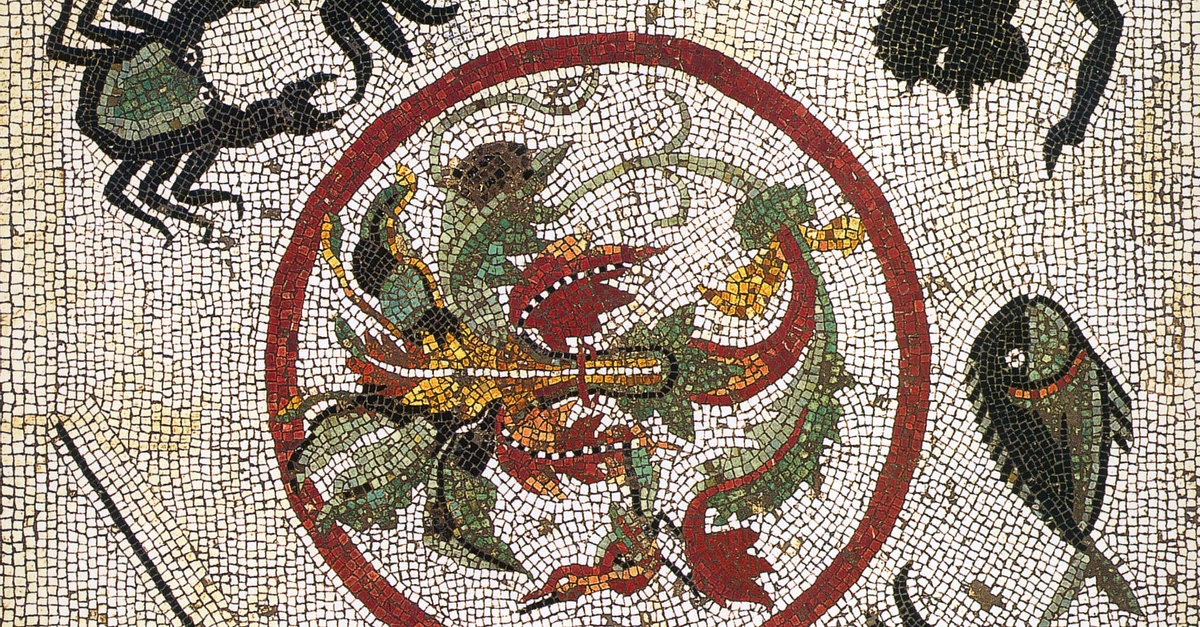
Moreover, the mosaic serves as a cultural artifact that challenges modern perceptions of ancient Roman society. It reminds us of the diversity and interconnectedness of the Roman Empire, where people of different ethnicities and backgrounds coexisted and contributed to the vibrant tapestry of Roman life. The National Archaeological Museum of Naples, where the mosaic is housed, plays a crucial role in preserving and interpreting Pompeii’s rich heritage, offering visitors a window into the past and a deeper appreciation for the complexities of ancient civilizations.
In conclusion, the Roman mosaic of African men fishing from the House of Menander in Pompeii stands as a testament to the enduring legacy of Roman artistry and cultural exchange. It invites us to marvel at the technical skill of ancient craftsmen, the diversity of Roman society, and the universal themes of human experience captured in mosaic form. As we reflect on its significance, we are reminded of the timeless allure of Pompeii and the stories it continues to reveal about the interconnectedness of our shared human history.
